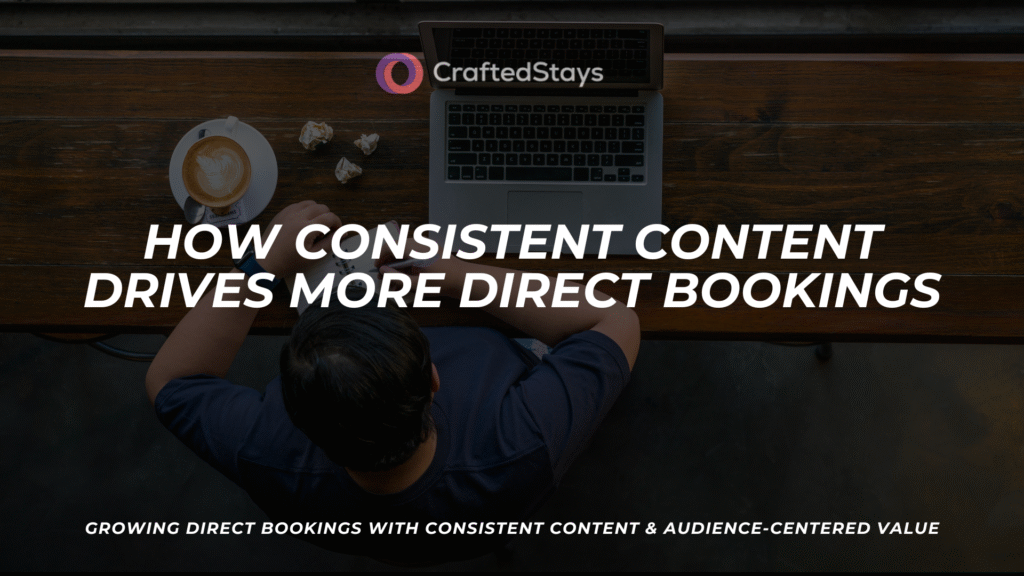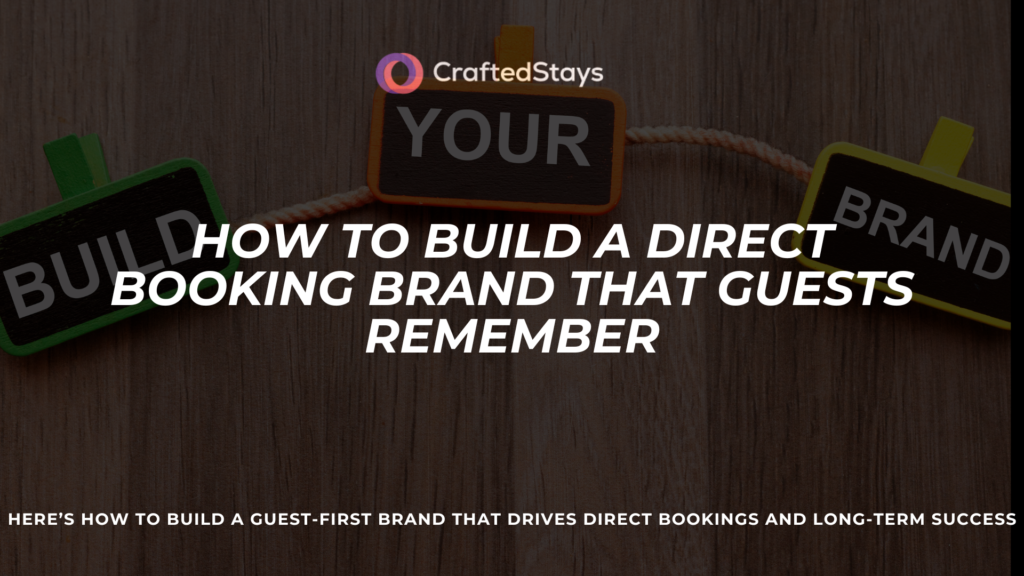Building a Direct Booking Niche That Fills Your Calendar Year-Round
Most vacation rental hosts make the same mistake: they try to appeal to everyone and end up attracting no one. The secret to consistent bookings isn’t casting the widest net—it’s finding your perfect guest avatar and building an entire ecosystem around serving them exceptionally well. The transformation happens when you stop competing in oversaturated mainstream markets and start dominating an underserved niche. This approach can turn your slowest months into your most profitable ones while building genuine community relationships that drive repeat business. Why Niche Marketing Transforms Occupancy Rates Traditional vacation rental marketing focuses on broad appeal—families, couples, business travelers. But when you leverage your niche for direct bookings, something remarkable happens. Instead of competing against hundreds of similar properties, you become the obvious choice for a specific type of traveler. Consider the fishing tournament market. Most hosts overlook these guests because they stay during off-peak seasons and book for extended periods. However, these guests often need three-week stays, pay full nightly rates, and return annually. By focusing on this overlooked segment, one property increased their off-season occupancy from 30% to over 80%. The key insight: your ideal guests are already traveling to your area for specific reasons. Your job is to identify those reasons and position your property as the perfect solution. Building Authentic Community Connections Successful niche marketing starts with genuine community involvement. When you become a valued member of local communities—whether that’s fishing groups, construction companies, or seasonal workers—you’re not just marketing a property. You’re offering a solution to a real problem these communities face. This approach works particularly well for social media marketing and building relationships within specific Facebook groups or online communities. Instead of posting generic property photos, you can share your deep knowledge of local amenities, fishing spots, or business-friendly features that your target guests actually care about. The difference is credibility. When you participate authentically in these communities, your recommendations carry weight. People trust you because you understand their world, not because you’re trying to sell them something. Creating Strategic Business Partnerships Smart hosts don’t just wait for guests to find them—they create partnerships with businesses that already serve their ideal guests. This might mean connecting with charter fishing companies, construction contractors, or golf course operators who need reliable accommodation options for their clients. These partnerships work both ways. You help solve a lodging problem for their business while they provide you with a steady stream of qualified guests who need exactly what you offer. It’s about creating value for everyone involved, which naturally leads to growing direct bookings with consistency. The most successful partnerships happen when you can offer something unique—perhaps boat parking for fishing clients, extended-stay rates for construction crews, or early check-in flexibility for tournament participants. These specific accommodations become your competitive advantage. Direct Booking Sites That Tell Your Story Your direct booking website becomes exponentially more powerful when it speaks directly to your niche audience. Instead of generic amenities lists, you can highlight the specific features that matter most to your target guests—boat launch access, tournament-friendly check-in times, or workspace setups for extended business stays. This focused messaging performs better than generic approaches because it immediately communicates value to the right people. When fishing tournament participants land on a site that understands their needs, they don’t need to guess whether this property will work for them. The importance of mobile optimization becomes even more critical for niche audiences who often research and book on mobile devices while actively participating in their activities. Seasonal Strategy for Year-Round Success The biggest advantage of niche marketing is turning your off-season into a strength. While mainstream properties struggle with low occupancy during certain months, niche-focused properties can attract different types of guests throughout the year. For example, a property might serve fishing tournament guests in spring and fall, construction crews during summer building season, and remote workers during winter months. Each segment has different needs, different booking patterns, and different price sensitivities. This seasonal segmentation requires crafting targeted messaging for each guest type while maintaining a cohesive brand identity. Your direct booking site can feature different landing pages or seasonal content that speaks directly to whoever is most likely to book during that time period. Leveraging Social Proof and Influencer Relationships Niche markets often have influential community members who can dramatically amplify your reach. These might be fishing guides with large social media followings, construction company owners who house multiple crews, or tournament organizers who need reliable accommodation partners. Building relationships with these influencers isn’t about traditional advertising—it’s about providing exceptional experiences that they naturally want to share. When a fishing guide brings clients to your property and everything exceeds expectations, they become advocates who drive future bookings through word-of-mouth recommendations. The power of influencers in vacation rentals multiplies in niche markets because these communities are tight-knit and trust-based. One positive experience shared authentically can generate months of bookings. Measuring Success and Optimizing Performance Success in niche marketing looks different than traditional vacation rental metrics. Instead of focusing solely on average daily rate or total bookings, pay attention to: These metrics help you understand whether your niche strategy is building the kind of sustainable business that can weather seasonal changes and market fluctuations. Taking Action: Start With What You Know The most successful niche strategies start with your existing knowledge and interests. If you’re passionate about fishing, that authenticity will resonate with fishing guests. If you understand the construction industry, you can better serve those clients. Begin by identifying what activities already bring people to your area during different seasons. Research the communities and businesses that serve those activities. Join their online groups, attend their events, and start building genuine relationships before you start marketing. Remember that building your brand foundation takes time, but niche marketing often delivers results faster than broad-market approaches because you’re solving specific problems for people who already need what you offer. Your vacation rental doesn’t need to be perfect for everyone. It just needs to be perfect










